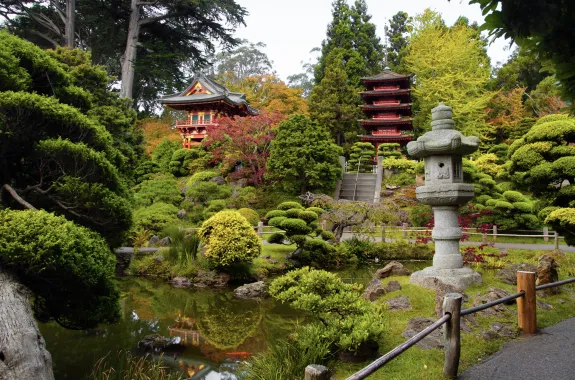Course Info
8 video lessons (64 Mins)
Published
2023Trending
-
4.51
Preview Course
Browse Course Chapters
-
1.Meet Your Instructor
2 mins
-
2.An Introduction to Landscape Architecture
5 mins
-
3.Origins of Landscape Architecture
5 mins
-
4.The English Influence and Parks for the Public
16 mins
-
5.Shaping Cities
12 mins
-
6.Onward Into the 20th Century
8 mins
-
7.Landscape Modernism
12 mins
-
8.Conclusion
2 mins
What You Will Learn
- Understand the evolution of landscape architecture as a profession from the mid 19th century to 1970.
- Know some of the key early figures and their ideas, philosophies, and most significant works. Identify some of the key impacts landscape architects had on shaping U.S. cities and communities.
- Understand the training and education of landscape architects and how it evolved during this time period.
- Outline and explain trends and changes in the use and design of parks and open spaces during this time.
- Understand some of the major outside drivers and factors that influenced U.S. landscape architecture (social, racial, economic, environmental).
Course Description
Beginning with a brief introduction of the global context of how humankind has shaped its landscape over the ages, this course focuses on the origins of the profession in mid-19th century United States. Frederick Law Olmsted, who drew influence from the English romantic landscape tradition but formed his own distinctive philosophy and design approach, ultimately left a more significant mark on American cities than any other member of the profession. From Olmsted we continue to the 20th century and examine the works of the significant figures of landscape architecture who shaped our built environments at both the small scale (residential) and large scale (urban parks). We'll discuss how the profession and its educational standards evolved and what parks and other public spaces designed by landscape architects intended to give the public. Our conclusion will leave us in the 1960s and ready to move on to Part 2, which will take us to the present day.
Learn these skills
- Architecture
- Environmental Planning
- History
- Land Use
- Parks & Recreation
- Plan Making
- Site Planning
- Sustainability
- Urban Design
- Urbanism



























